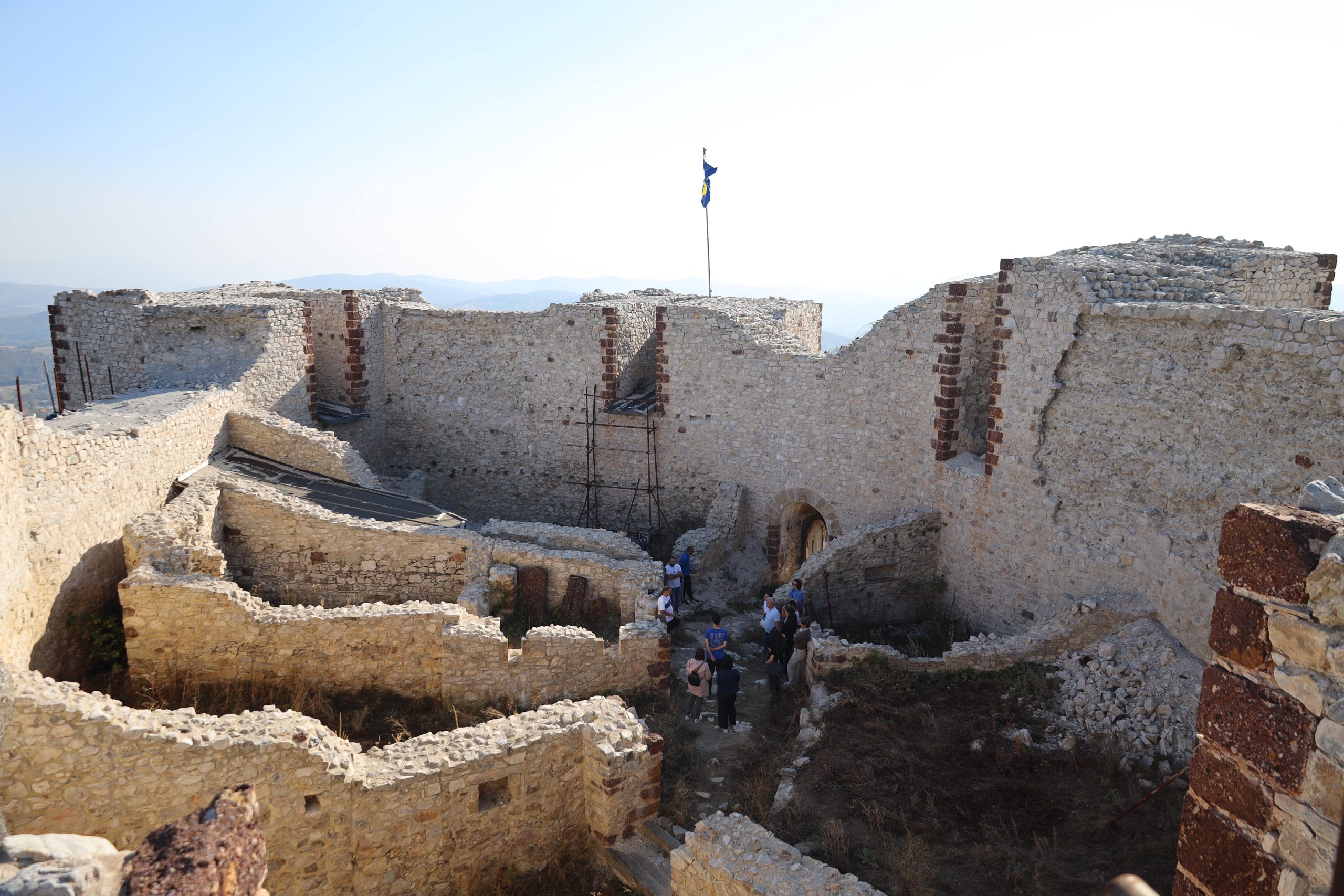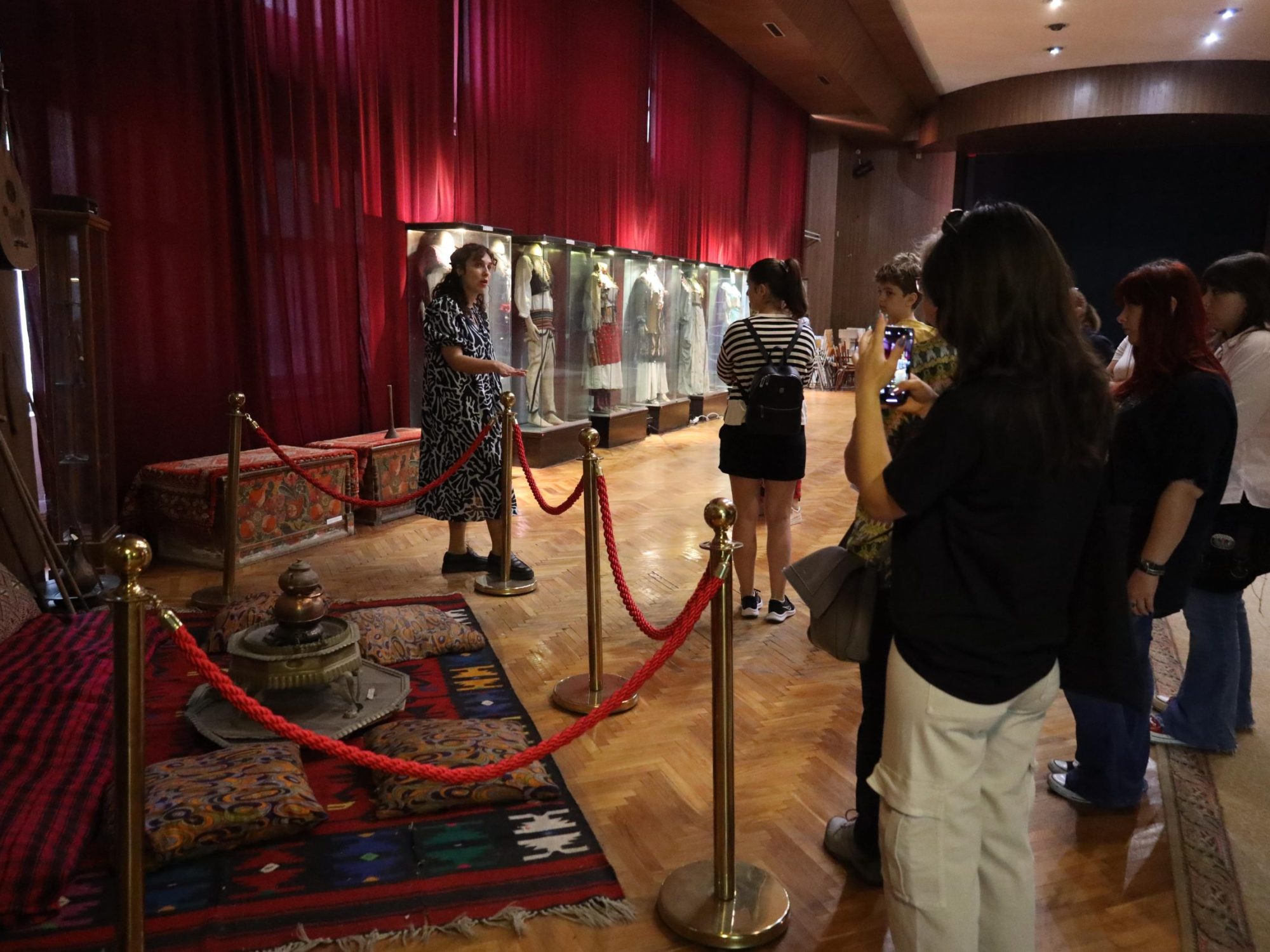MUSEUM OF MITROVICA
The Museum of Mitrovica was founded in 1952 and is one of the earliest cultural institutions in the City of Mitrovica. The museum was established for research, collection, preservation and promotion of the material cultural heritage of the Mitrovica region. Initially, the museum was located in the old building of the municipality, and in 1960 it continued its work and activity in the building of the City Hammam.
Since 2009 the museum operates in the building of the former Yugoslav Army House in Mitrovica.
In the beginning of its activity, the Museum of Mitrovica was enriched with the collection of fossils. During this period, archeological excavations began in several localities in Mitrovica, excavations that resulted in thousands of archaeological finds, and the rest of the collection was enriched by the work and commitment of professional staff in the office with the founder of this institution, the first director of the museum, Mr. Sylejman Murati.
The museum has the following sectors and collections: Archeology Sector, Ethnology Sector, History Sector, Geology Sector and Fossil Collection, Numismatics Collection, Photo Library, various materials and documents, as well as the Multimedia Hall as an interactive approach for visitors and the community.









